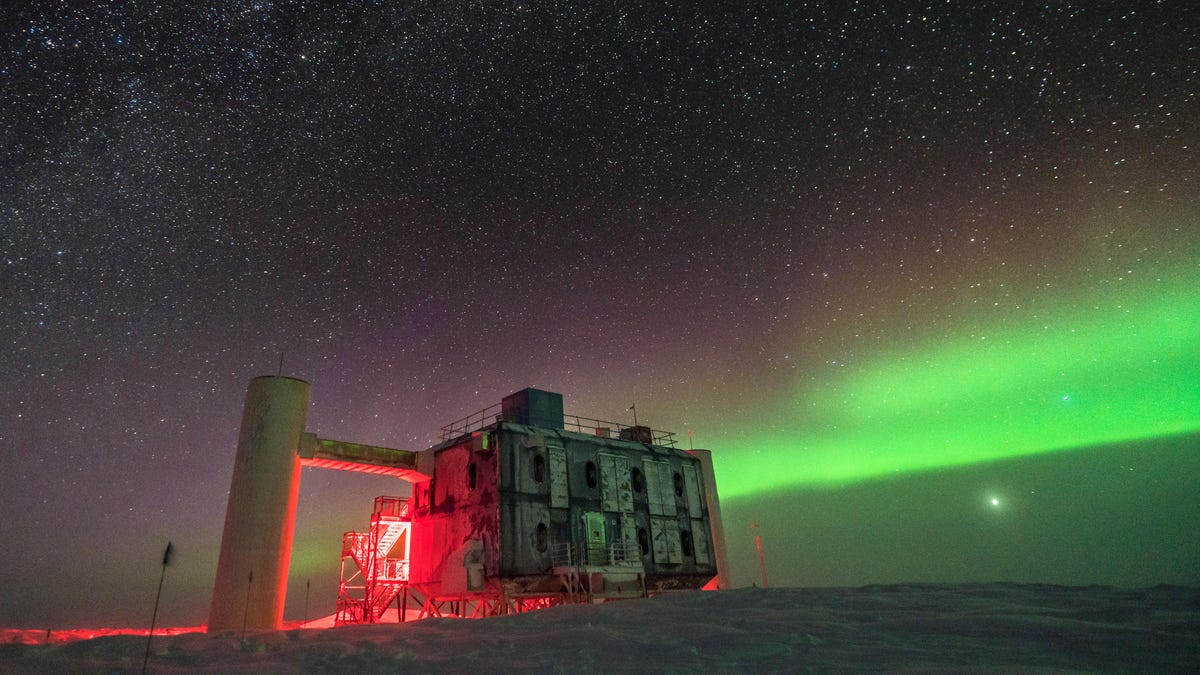Researchers Detect Possible Tau Neutrinos in IceCube Data
Researchers analyzing data from the IceCube Neutrino Observatory, situated deep within the Antarctic ice, believe they have identified signals indicating the presence of tau neutrinos, a particular type of subatomic particles from outer space. The observation of seven potential signals within almost a decade of data collection underscores the challenging nature of detecting these elusive particles.
The Nature of Neutrinos
Neutrinos are extremely light particles with mass, considered to be fundamental particles not composed of smaller building blocks, and about 100 trillion of them pass through the human body every second, according to the observatory’s estimations. The findings of the research collaboration are due to be published in Physical Review Letters, with the current manuscript available on the preprint server arXiv.
Significance of the Discovery
Lead author Doug Cowen, a physicist from Penn State University, emphasized the significance of the detection of seven potential tau neutrino events in the data and the low expected background interference. He stated that the findings strongly suggest that the observed signals are genuine tau neutrinos from space, rather than spurious signals caused by background noise.
Furthermore, the discovery of these astrophysical tau neutrinos serves to validate IceCube’s prior identification of the diffuse astrophysical neutrino flux, a dense stream of neutrinos originating from deep space beyond our galaxy, the Milky Way.
Understanding Astrophysical Neutrinos
The diffuse astrophysical neutrino flux primarily consists of electron and tau neutrinos, with a smaller proportion of muon neutrinos. These particles originate from various distant sources in space and play a crucial role in expanding our understanding of the universe.
Neutrino Detection Methods
The IceCube Neutrino Observatory is equipped with over 5,000 light-sensitive devices connected by long cables, designed to capture the faint blue light emitted when neutrinos interact with Antarctic ice molecules. The researchers noted that the probability of background noise mimicking a tau neutrino signal was exceedingly low, further confirming the authenticity of the detected signals.
Meanwhile, Fermilab is constructing its neutrino detectors in Lead, South Dakota, as part of the Deep Underground Neutrino Experiment (DUNE). These detectors, positioned nearly a mile below the Earth’s surface, are expected to commence operations by 2029, contributing to the ongoing quest for neutrino exploration and discovery.
Continued Exploration and Discoveries
As IceCube continues its scientific endeavors in Antarctica for over a decade, the upcoming DUNE project aims to complement these efforts with its advanced neutrino detection technology. With two major neutrino experiments in progress, the scientific community anticipates a decade filled with groundbreaking discoveries and insights into the mysteries of the universe.
Image/Photo credit: source url





